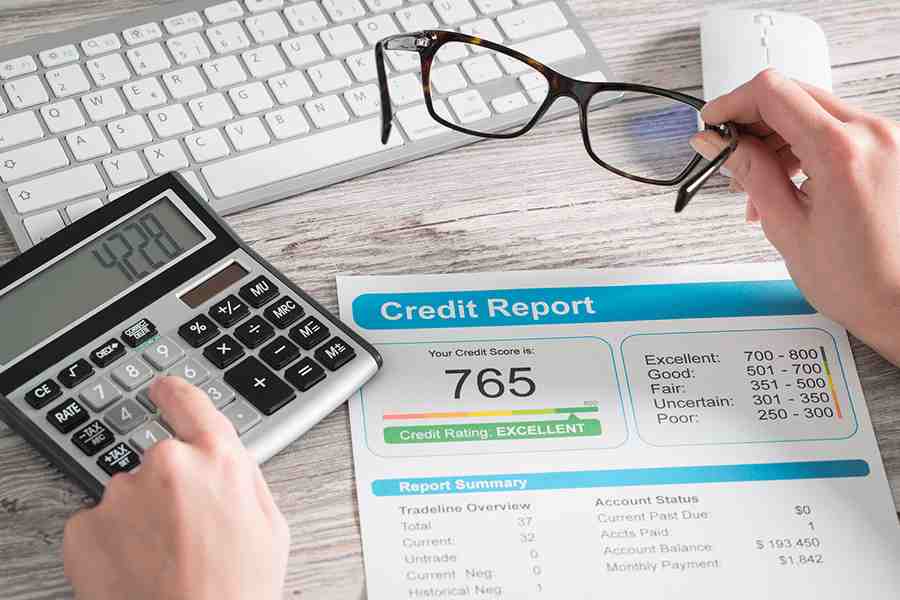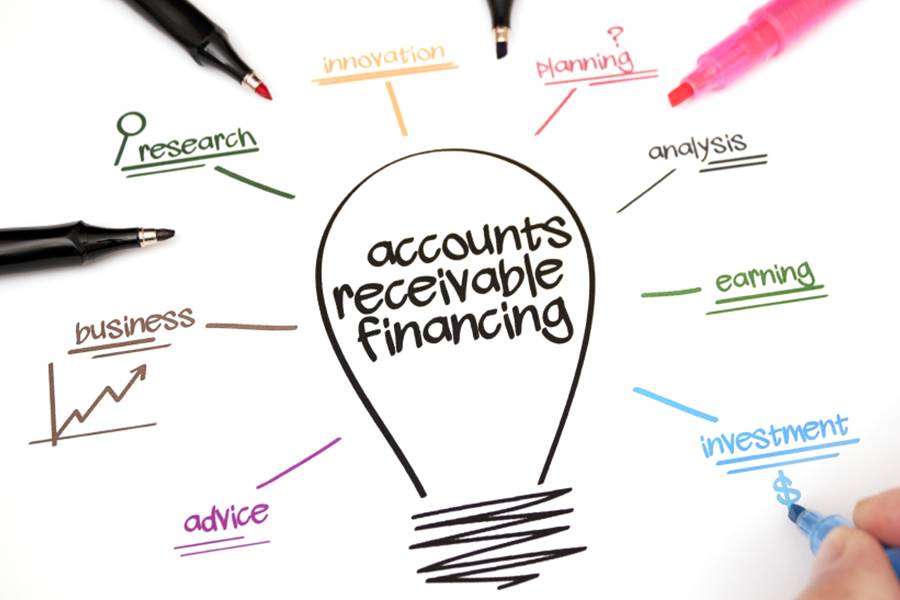
Since merchant cash advances (MCAs) use a factor rate instead of a traditional interest rate, it can be difficult to understand the true costs of getting this type of financing. You can use our merchant cash advance calculator above to find your effective Annual Percentage Rate (APR) to understand how much you’ll end up paying.
If you do decide to pursue a merchant cash advance, consider working with a company like Credibly. It has a quick online application process and can offer approvals in as little as 4 hours, with advances as high as $600,000.
To determine the total cost associated with a merchant cash advance, you’ll need to enter figures for your advance amount, factor rate, holdback percentage, and average monthly credit card sales. Below is a description of where you can find these items and what each means.
Amount of advance
The amount of the advance, sometimes incorrectly referred to as the loan amount, is the lump sum of funds you’ll be receiving. You can request a specific amount when you submit your financing application to a lender, but it may counteroffer with a different dollar amount depending on your qualifications and its internal credit policies.
Average monthly credit card sales
MCAs are repaid based on a percentage of your company’s credit card sales. One of the benefits here is that experiencing a period of reduced credit card sales will also result in a lower payment amount. To determine what figure to use here, you can take an average of your credit card sales over the past 30 days.
Factor rate
On an MCA, lenders charge a factor rate rather than a traditional interest rate. Multiplying the factor rate by your loan amount gives you the total amount that you must repay. For example, a factor rate of 1.20x on an advance of $100,000 means you must repay a minimum of $120,000.
Holdback percentage
This figure refers to the amount of your credit card sales that is used to repay the advance. For example, a holdback percentage of 20% on daily credit card sales of $5,000 means $1,000 would be sent to the MCA company as repayment.
Other fees
Some lenders may charge additional fees to cover costs associated with the origination, processing, and underwriting of your loan request. This can be charged as a percentage of your advance or broken down into a specific dollar amount. If the provider you select charges these additional fees, enter the applicable figures into our calculator to get a more accurate illustration of the total cost of an MCA.
Merchant Cash Advance Calculator Outputs
Once you’ve entered the figures into the MCA calculator, you’ll be given multiple figures for things like monthly payment, interest rate, and financing cost. Here is how to interpret each of those items.
APR
APR is a figure meant to show the true costs of borrowing money per year once the interest rate and certain loan fees are taken into consideration. You can use this to compare it with the APR on other loans to determine which is less expensive.
Total financing cost
This is the total cost that will be financed with the MCA. Absent any other fees, this is the dollar amount that must ultimately be repaid to the MCA company. The figure here is calculated by adding the loan amount and fees related to the advance such as the factor rate.
Total MCA fees
The dollar amount here is the sum of the fees that must be repaid. Unlike the figure for the total financing amount, it excludes the original amount of the advance you receive. Total MCA fees include only fees from the factor rate and other fees specific to the MCA company.
As an example, getting an advance of $100,000 from a company charging a factor rate of 1.20x and no other fees would result in total MCA fees of $20,000.
Daily percentage rate & daily payment
Our calculator will show you what your daily payment will be and break it down into a daily rate. Daily payment amounts are determined by the holdback percentage and your credit card sales.
A 20% holdback on $1,000 in daily credit card sales, for instance, would yield a payment amount of $200.
Term in months and days
This is how long it will take for your advance to be considered fully repaid. Higher holdback percentages and larger volumes of credit card sales result in faster repayment timelines.
Effective interest rate
This is the effective cost of borrowing money for the MCA over the advance term. It takes the total fees, divides them by the advance amount, multiplies that by 365 to annualize it, and then divides it by the repayment term. If this number is higher than 120%, you should look for a different MCA provider.
Merchant Cash Advance Calculator Limitations
One of the limitations of MCA calculators is that since credit card sales can fluctuate over time, your individual repayment amounts can change. This can also affect the length of time needed to repay your loan and the calculation of the APR figure.
When to Use the Merchant Cash Advance Calculator
Before applying for an MCA, you should consult an MCA calculator to compare an MCA with other types of business financing. Not only does it provide an APR calculation, which can be directly compared to other types of financing, but it also shows the actual cost of the advance. The true costs might not be explicitly clear when applying for a MCA.
MCAs are one of the most expensive forms of financing you can get, which is why we recommend them only as a last resort. Given this, you can likely find a more affordable solution elsewhere. If you’re having trouble getting approved, however, you can consult our guide on how to get a small business loan.
Merchant Cash Advance Alternatives
In rare instances, an MCA may be a good fit for a business. Considering the high costs commonly associated with MCAs, however, we recommend considering alternatives.
- Working capital loan: This allows funds to be used for nearly any business purpose. Some examples include payroll, inventory, equipment, utilities, and lease expenses. For recommendations, check out our top-recommended working capital loans.
- Line of credit: A small business line of credit can allow you to access funds on an as-needed basis up to your assigned credit limit. Repayment terms are typically under two years, so it can be useful for covering short-term expenses and unexpected cash flow shortages. See our picks for the leading small business credit lines.
- Business credit card: This is typically used for recurring or small to medium expenses. APRs generally range from 20% to 30%, so although much lower than most MCAs, it’s not recommended to utilize this as a form of long-term financing. Our roundup of the best small business credit cards can help you find an option that fits the bill.
Frequently Asked Questions (FAQs)
No, a merchant cash advance is not considered a loan. It is an advance of your future credit card sales, where a percentage of those future sales goes toward repaying the advance.
No. When you get a merchant cash advance, you are obligated to pay a minimum amount to the MCA company, regardless of how quickly you pay it off.
The factor rate is the amount you will be charged for receiving the advance. You can take the factor rate and multiply it by the amount of funding you receive to determine the total amount that must be repaid.
Bottom Line
MCAs are one of the most expensive forms of financing available. We recommend it as a last resort if you’re unable to get funding from other sources. If you do find it to be the right fit for your circumstances, our MCA calculator can show you all the costs associated with getting these funds.





